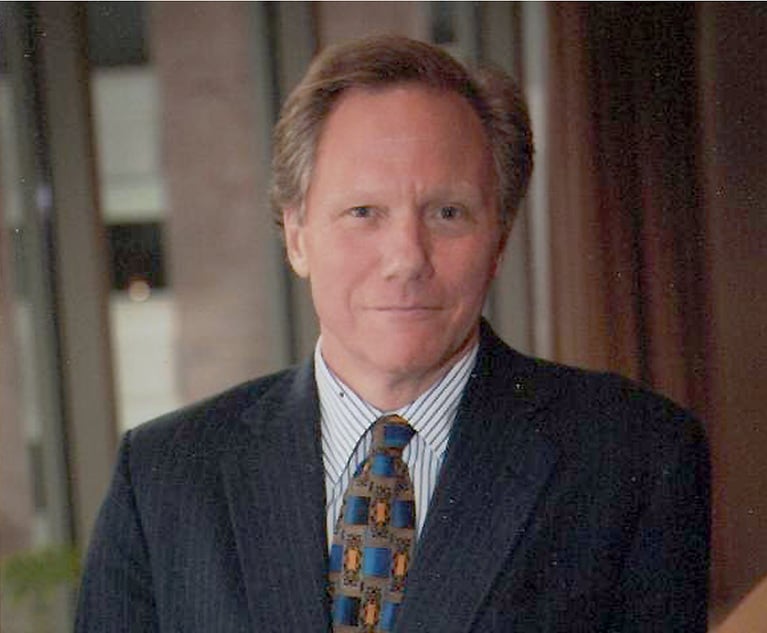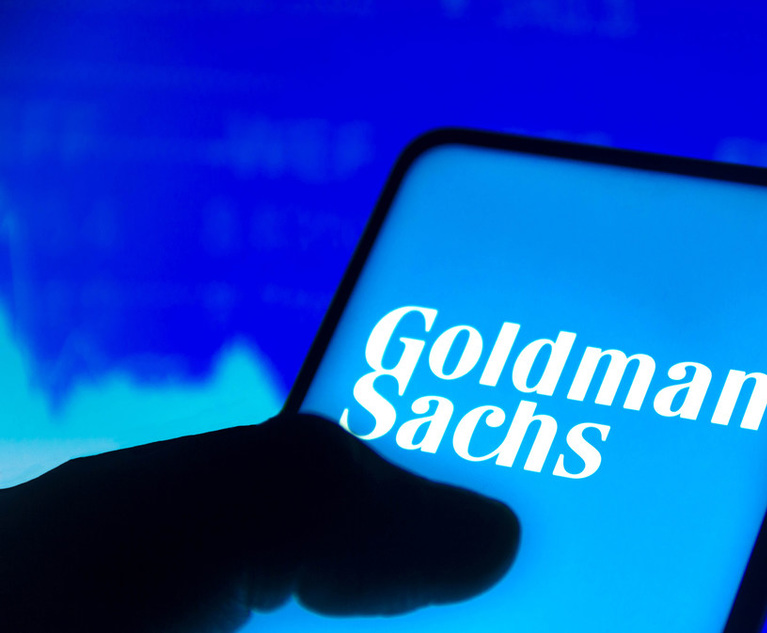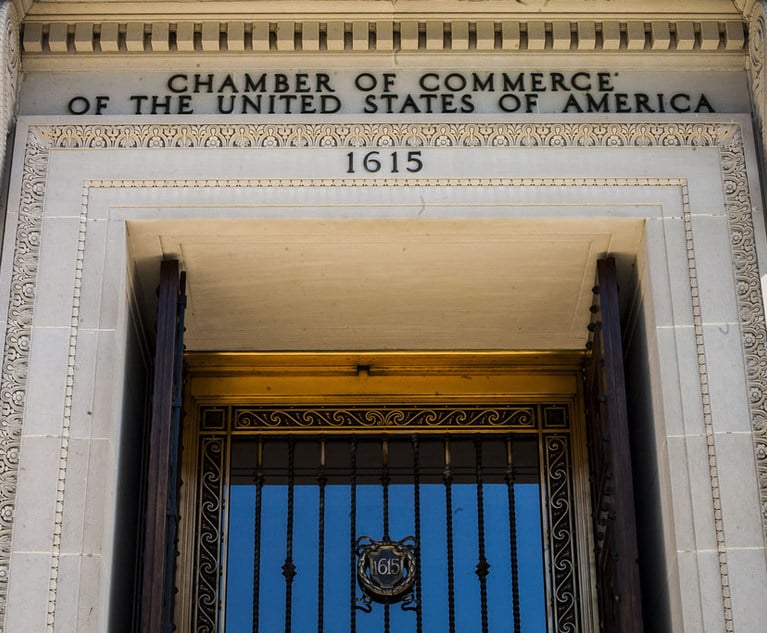Welcome to The Marble Palace Blog, which I hope will inform and surprise you about the Supreme Court of the United States. My name is Tony Mauro. I’ve covered the Supreme Court since 1979, and for American Lawyer Media since 2000. I semi-retired in 2019, but I am still fascinated by the high court.
I won’t likely be posting any item that begins with “The Supreme Court today ruled …” I’ll leave that to other journalists. But I will focus on the court’s history and mysteries, its quirks and its clerks. I’ll alert you to new books, movies, documentaries and operas, (yes operas) about the Supreme Court, as well as recusals, aberrations and justices’ off-bench activities.
I’ll welcome any tips or suggestions for topics to write about. You can reach me at [email protected]. The blog will be housed in The National Law Journal website, so to speak, and will be accessible without piercing a paywall. Why did I call the blog “The Marble Palace?” When the Supreme Court building was completed in 1935, critics gave it that name in part because it was said to have more marble than any other building in the world. “Bombastically pretentious,” Justice Harlan Fiske Stone harrumphed. I happen to think it’s pretty magnificent. After all, it has trapezoidal windows! Here’s a sample of blog items to come.
Who invented the Long Conference?
The Supreme Court’s so-called “Long Conference” in September is underway today, with the justices meeting to decide which petitions that have piled up over the summer recess warrant the court’s review in the upcoming term.
The Long Conference has a relatively short history. According to the late Chief Justice William Rehnquist, the September arrangement began around 50 years ago, and can be attributed to Justice Harry Blackmun. Here’s how Rehnquist described it in his 1987 book titled “The Supreme Court: How it Was, How It Is”:
“When I first came to the Court [in 1972], on the first Monday in October the justices simply came on the bench, announced to the world that they were back in session, and promptly recessed into conference to dispose of the petitions for certiorari that had accumulated over the summer. But shortly after I arrived, Justice Blackmun pointed out that if the Court were to move the summer certiorari conference, which generally lasts several days, back to the last week of September, it could then begin oral arguments a week earlier and allow an added week in the December recess where the time could be profitably used for working on opinions which by that time would already have been assigned. This suggestion was instantly approved by his colleagues, and we have done business that way ever since.”
When Scalia Watched RBG Parasail in France (or Not)
A year after the death of Justice Ruth Bader Ginsburg, the lore around the deep friendship between her and Justice Antonin Scalia lives on. The latest wrinkle begins with a 2015 Smithsonian event, when both of the justices were interviewed about their unlikely but famous relationship.
“Why don’t you call us the odd couple?” Scalia began. Ginsburg talked about their trip to India together, where they famously rode an elephant.
Scalia chimed in with about the time they went to Nice in southern France together, and Ginsburg decided to go parasailing. “Ruth–honest to goodness–went up behind a motorboat,” he said, with Ginsburg listening as he spoke. “I mean, she’s so light, you would think she would never come down. I would never do that,” he continued.
The parasailing anecdote soon became a frequent part of the story of their friendship, along with the elephant ride in India. But a recent article in Readers’ Digest tells a different story: Scalia never went to Nice with Ginsburg, so he never watched her parasailing.
David Yellen, who wrote the article, should know. He went parasailing with Ginsburg in Nice in 2001, and Scalia was nowhere present. Yellen is chief executive officer of the Institute for the Advancement of the American Legal System, but in 2001, he was dean of Hofstra Law School, which had a summer program in Nice. When Ginsburg saw some parasailers one day, she asked if she could do the same. Her husband Marty said she was crazy, but she persisted. Yellen felt obliged to join her.
When he learned of Scalia’s comment in 2015 about the parasailing episode, Yellen said in his article:
“Much to my surprise, he told the parasailing story as if he had been there. I remember thinking, ‘You weren’t there. I was!’
“Not long after, I saw Ginsburg in Chicago and asked her whether she had caught Scalia’s mistake. She somewhat sheepishly admitted she had and laughed. She appeared to have no problem with his enthusiastic confabulation. All is fair when friends exaggerate each other’s more appealing traits, it seems, and Justice Ginsburg’s impulse to sail over the water so appealed to her pal Nino that it was as if he’s been there.
“I happened to have dinner with Justice Scalia and his wife Maureen, a few months after seeing the [Smithsonian] interview. I told him I had seen it and thought it was great. He said he’d enjoyed doing it. Then I took a gulp of wine and said, ‘You know that story you told about seeing Ruth parasailing?’
“‘Yes,’ he said with a smile.
“Well, you got that wrong. You weren’t there when it happened,” I said, and I went over the timeline.
“He looked quite shocked and turned to Maureen, ‘Were we ever in the south of France with the Ginsburgs? He asked her. She thought for a moment and said that no, they had never been there together.’”
“Very graciously and with good humor, Justice Scalia accepted that he had misremembered and unintentionally inserted himself into this story. We kidded about all of our memories declining with age. But I’ve never thought that aging alone explained it. I think it was his love and respect for Ruth Bader Ginsburg that took Nino Scalia to the beach in Nice that day.”
I caught up with Yellen to ask why he revealed the mix-up now. “I chose never to do it during their lives, just for no particular reason,” Yellen said. “I just wanted to respect their privacy basically, although there’s nothing remotely embarrassing about it.”
I asked Yellen if it was conceivable that Scalia was merely imagining what the parasailing would look like, and didn’t mean that he was actually there. Yellen understood that possibility, but said that Scalia had indicated several times that he had seen Ginsburg parasailing. And in his conversation with Scalia, Yellen said, “He acknowledged that when I talked to him about it, he had come to think he’d seen it.”
Yellen added, “I’ll tell you one thing I didn’t put in the story. I’ve got a criminal law, criminal defense background. And when I had this conversation with Justice Scalia in 2015 about his recollection, the last thing I said about it at this dinner was, ‘please do me one favor: Just remember this incident the next time the court has an eyewitness identification related case.’” Scalia died a few months later.
NOT FOR REPRINT
© 2024 ALM Global, LLC, All Rights Reserved. Request academic re-use from www.copyright.com. All other uses, submit a request to [email protected]. For more information visit Asset & Logo Licensing.


 The U.S. Supreme Court building in Washington, D.C. Photo: Diego M. Radzinschi/ALM
The U.S. Supreme Court building in Washington, D.C. Photo: Diego M. Radzinschi/ALM






